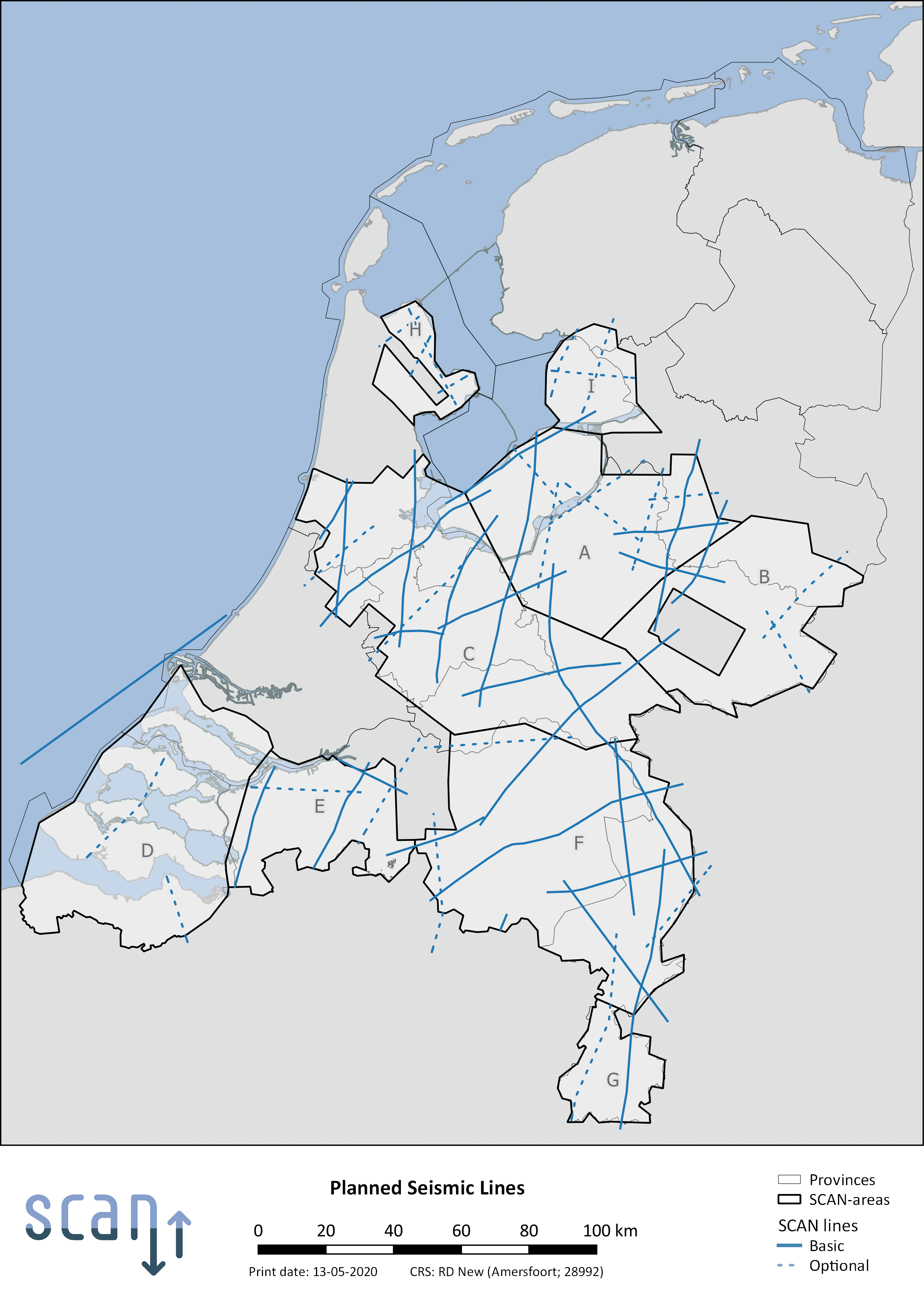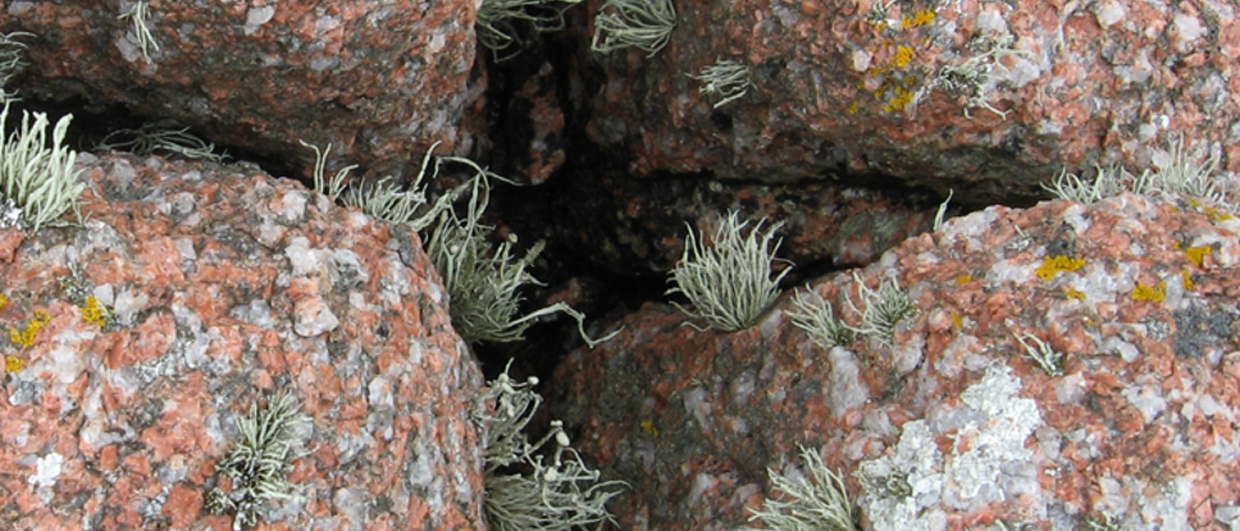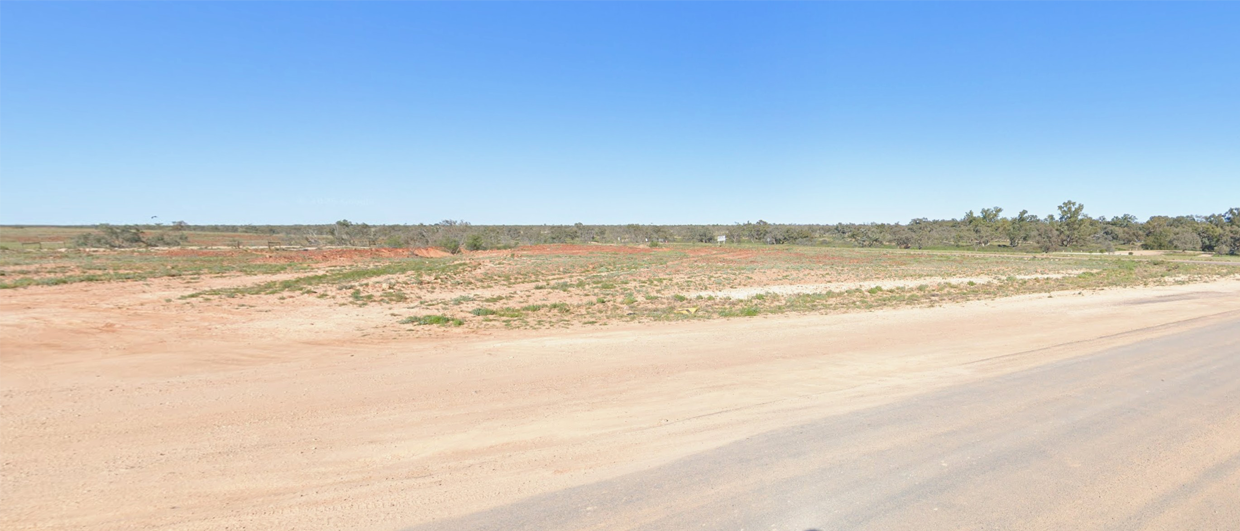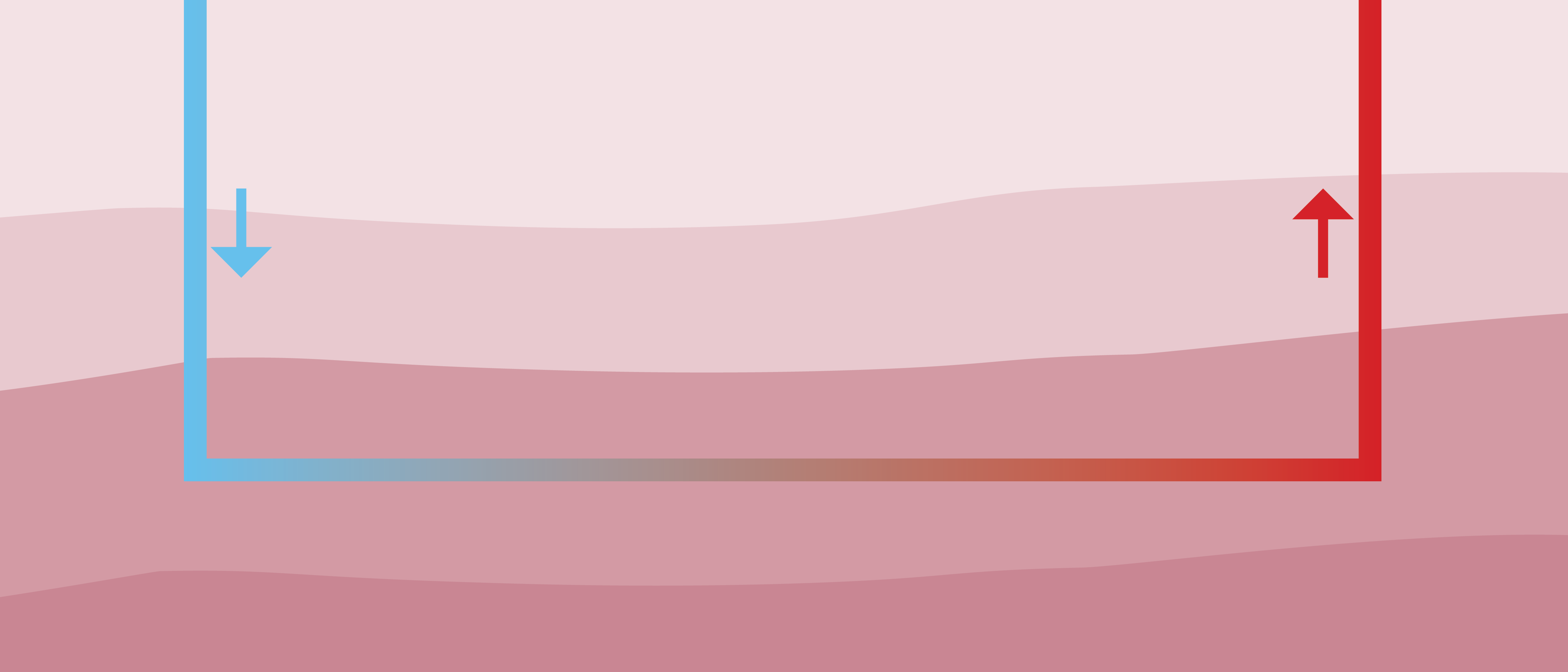A seismic acquisition campaign? For most people this sounds like a quest for oil and gas, but in the Netherlands an extensive programme is underway to acquire seismic data to shed more light on the depths at which potential geothermal reservoirs can be found.
Filling the gaps
Although the Netherlands has been extensively explored in terms of oil and gas, with hundreds of wells drilled particularly in the north and the west, there are large swathes of land where hardly any wells were drilled nor seismic shot. “It’s these areas we wanted to know more about,” says Marten ter Borgh from EBN. Marten coordinates the campaign on behalf of the state-owned company EBN, which participates in most oil and gas developments in the Netherlands and now also focusses on new, more sustainable, forms of energy like geothermal, hydrogen and green gas.
NCS Exploration – Recent Discoveries 2020, October 14-15
Drilling the synclines
With the transition to more renewable sources of energy, EBN and partners have identified geothermal energy as an important player. “There has been a real surge in the number of geothermal doublets being drilled over the past ten years,” Marten adds. Many of these projects are located in the western part of the Netherlands, where there is a local demand from greenhouse owners, as well as a subsurface setting that lends itself for geothermal heat extraction.
“It is interesting to see that where in the past the anticlines were targeted by the oil industry, nowadays it’s the synclines of the same reservoirs that are being drilled for geothermal energy,” Marten explains. As a result, the geothermal industry has benefited a lot from the data previously acquired by the oil and gas sector, which becomes public in the Netherlands after five years. In areas where no hydrocarbons were found data are much scarcer, holding back the development of geothermal projects.
The map below shows the planned seismic lines as well as the ones that have been executed already. The focus of this campaign lies in the middle and southern parts of the country. Along with the new acquisition, some of the scarce vintage seismic data that is available is being reprocessed. In a next phase of the project drilling a number of wells for data acquisition purposes is foreseen.

“There are many towns, villages and industries in these areas that may benefit from geothermal energy as a resource, and the data made available through this project will hopefully accelerate the process of identifying viable drilling targets,” Marten emphasizes.
All results of the acquisition campaign are published on the open access websites nlog.nl, and scanaardwarmte.nl such that project developers, municipalities and others can download and make use of the data. SCAN does not interpret the data nor advise on geothermal potential. All openly available data will first need to be interpreted by experts.
The project is executed by EBN (Energie Beheer Nederland) and the Netherlands Organisation for applied scientific research (TNO) for the Ministry of Economic Affairs and Climate policy (EZK). In addition, a subsidy has been awarded by the European Interreg fund.
HENK KOMBRINK






